|
"Eat a live frog first thing in the morning and nothing worse will happen to you the rest of the day." Mark Twain I found another bird that reads Mark Twain. In January of 2016 I posted a Pied-Billed Grebe eating a frog, That post has turned out to be one of the most popular on this site. Rumor has it that some Arizona Game and Fish staff saw the post and declared, "Finally, a good use for a bullfrog!" [Note that bullfrogs are invasive species in Arizona and deplete our native wildlife.] Wednesday morning September 20th I joined Luke Safford and a small gaggle of fellow birders for Luke's weekly Audubon walk at Sweetwater Wetlands. Just as we started, Luke spotted a Green Heron sitting on the edge of the water feature at the front entrance. Camera in hand, I could not resist spending some time getting some images. Below is our subject, likely a juvenile based on incomplete coloration. A note for photo geeks: All of these images were captured shortly after 7 am, (only 45 minutes after sunrise) in very low light, facing east. To get a shutter speed of ~1/320th I had to crank the ISO up to 2000 on a Canon 7D (cropped sensor) attached to a Sigma 150-600 Contemporary series lens, hand held. So, cruddy light and lots of noise. Be kind. Post-production processing in Adobe Photoshop Lightroom using almost every trick I know. Above, our subject scanning the pond. Below, he becomes more focused to his right Below, the hunter is in a crouch, weight on the right leg, left leg ready to push off. If you look carefully on the far left side of the picture in the water, you can see a frog's head just above the surface. Our hunter springs for the frog, and comes up with his prize. Below we see our successful hunter getting his prey ready to eat. Note that I shot a total of ~200 frames, most of them showing the heron dunking the frog into the water, crushing it in its beak, or almost swallowing it, then dropping it and trying again. I have edited it down to the representative images that follow. Finally our hunter has his prey lined up, and in one large gulp, swallows it. The heron stretches his neck up repeatedly to get the frog down. They have very long necks. Time for a drink. Our Heron looks content, and definitely bigger than at the beginning of the sequence. I have searched the internet but found it difficult to get an estimate of the total number of calories in a complete frog. Likely they provide balanced nutrition with their natural mix of protein, fat, carbohydrates and minerals (remember they have bones and a skull). And talk about probiotics! Our heron swallowed a whole digestive tract! For spectacular images of Green Herons, including juveniles and nestlings, see Tom Grey's website at this link. Have a great day everyone!
2 Comments
Spotted TowheeThe Spotted Towhee is a member of the Family Passerellidae, along with 5 other Towhee's and species of Sparrows, Juncos, Longspurs, Buntings, and the Brambling (Reference: Cornell Lab of Ornithology, All About Birds). They are common in Summerhaven during the summer and fall months. Smaller than a Robin, they have short conical bills, and spend most of their days rummaging around for seeds in leaf litter. In the spring the male will sit high on a branch singing for a mate. The image above was captured in Portal Arizona in January of 2016, and is included here because this is one of my best images. Note the lack of tree leaves in the winter allowing for a better shot. He looks like he is dreaming of spring. Here you can see the characteristic features of the male; black head, red eye, rufous sides and back spotted in white. The images below were all captured September 2017 in Summerhaven. An adult male is sitting on a rock, looking for the next good leaf pile. Below, also Mt Lemmon the same day in September, likely a juvenile with developing coloration of the head and breast. He is well camouflaged in the leaves and pine needles. This last image, below, shows the white corners to the black tail. Again we see well the bird blends in with the ground cover. All the Summerhaven images captured from a deck above the ground. For more cool stuff on the Spotted Towhee, including their two-foot hop and nesting behavior, see the Cornell website at this link. Speaking of Towhees, of the 6 species in Peterson's Field Guide (Green-tailed, Eastern, Spotted, Canyon, California, and Abert's) 4 claim SE Arizona as part of their range. So, in addition to the Spotted Towhee , here are 3 more to keep your eye out for. Canyon TowheeCanyon Towhees are brown birds with long legs and tail, and a buffy throat with a hint of a reddish crown. All the images here were captured at Molino Basin in May of 2017. Special thanks to Dick Carlson for leading us "up the mountain" one morning after Jeff Babson's Agua Caliente walk, and for helping us find and identify these birds. Their non-descript color means they blend in well with the surroundings. Like the Spotted Towhee they forage in ground cover and leaf litter for bugs and seeds. The bird above is likely a female, seen below with a fledgling. Mom on the right, offspring on the left. Below, junior is hungry and lets mom know that it is time for a snack. Of note is that this pair stayed close to each other all the time we were there. They do nest in the ground and it seems likely that home was not far away. OK, says mom, let's see what is available in all this ground litter that I call the kitchen cabinet. Ah, found a bug, hope this holds you for a while. There you go. But keep foraging on your own, I'm not going to do this forever! For more on the Canyon Towhee, see the Cornell website link here. They look similar to the California Towhee, but are genetically distinct, and do not share the same range. Canyon Towhees live in Mexico, Southern Arizona and New Mexico, and may nest twice a year, concordant with the winter and summer rainy seasons in the southwest. Molino Basin is a good place to look for them. Abert's TowheeAbert's Towhee is among the larger of Towhee's. They are brown, with a year-round range in riparian areas of the Sonoran Desert. In other words, they are family! The images above and below were captured at Agua Caliente on March 9, 2017. Below is likely a male singing for a mate in Spring. The three images below were captured two weeks later at Sweetwater Wetlands. Unlike the Canyon Towhee who lives in dry canyons and waits for rain, the Abert's Towhee hangs out by water. Here we see the morning bath. First check out the water . . . . Then shake like mad to get the feathers wet. Got to get rid of all that dust and crud! Finally, find a safe perch in the sun to dry off! The Abert's Towhee was named by Spencer Baird in 1852 for Lt. James William Abert, who obtained the first specimen. Abert was a 1842 graduate of West Point, and a Topographical Engineer in the Army, who served in war against Mexico, as well as the Civil War. For more on Lt. Abert see this link. Green-tailed TowheeThe Green-tailed Towhee has a rufous cap, white throat, gray chest and plain olive green upper parts. It winters in the southwest U.S. and Mexico summering north into the Rockies. All images here were captured in Portal, AZ in late April of 2016. These pictures were shot on two separate days. Above and below on April 30th in the dry creek bed of Cave Creek. As with the other Towhees, they prefer rummaging through leaf litter. The three images below were shot on the 29th. The bird stayed out in the open long enough for me to get left and right lateral shots that show the yellow-green on the edges of the wings and tail. I cannot wrap this up without recognizing a member of the Emberizid family that Peterson's Guide considers "Uncommon, local," but for Summerhaven is very common, and OK, local. The Yellow-eyed Junco. The Yellow-eyed Junco has a year-round range in Mexico's interior that extends up into SE Arizona. They are found in coniferous forests, and pine-oak woods, making Mt Lemmon a perfect habitat. All images captured in Summerhaven in September of 2015.  That's it for the 4 local Towhee's and one Junco! Happy September! Fall is almost here. With the wet summer, I am hoping for great fall colors.
Happy trails! |
AuthorHenry Johnson, photographer and author of this site. For more detail, see About
Categories
All
Archives
July 2024
|
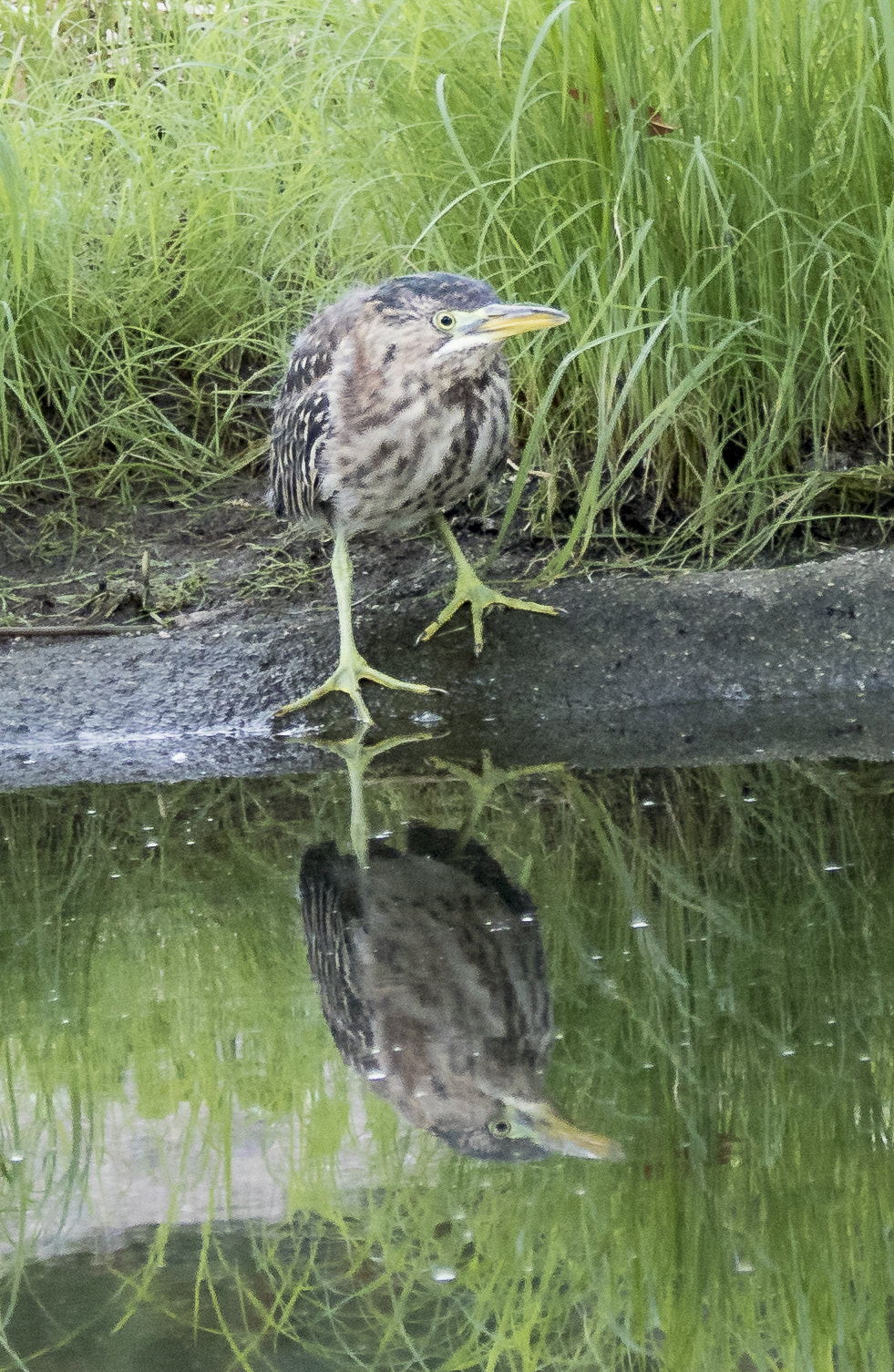

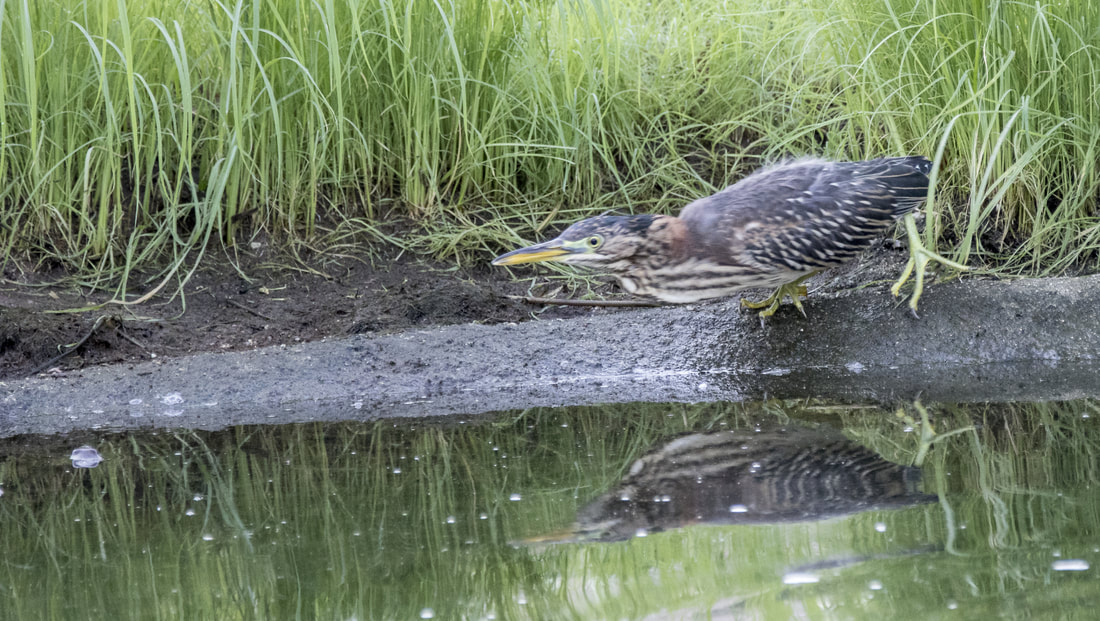



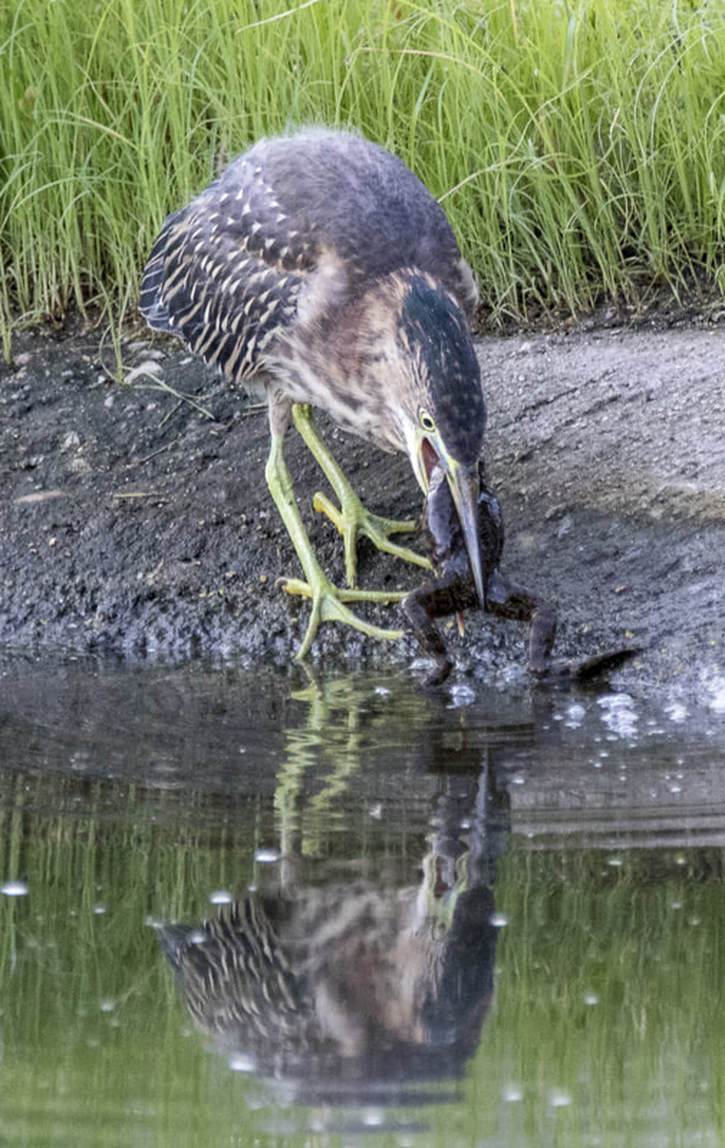


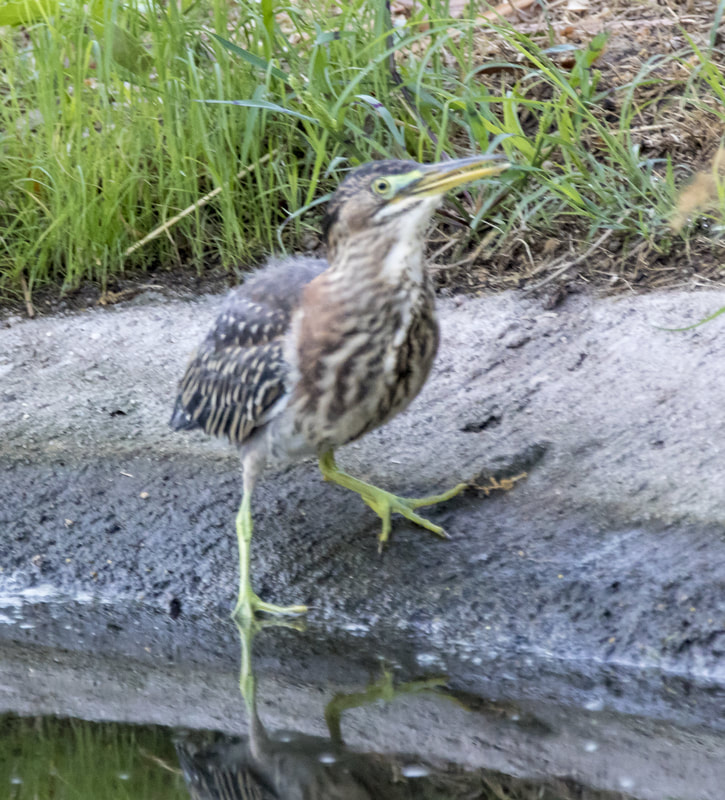





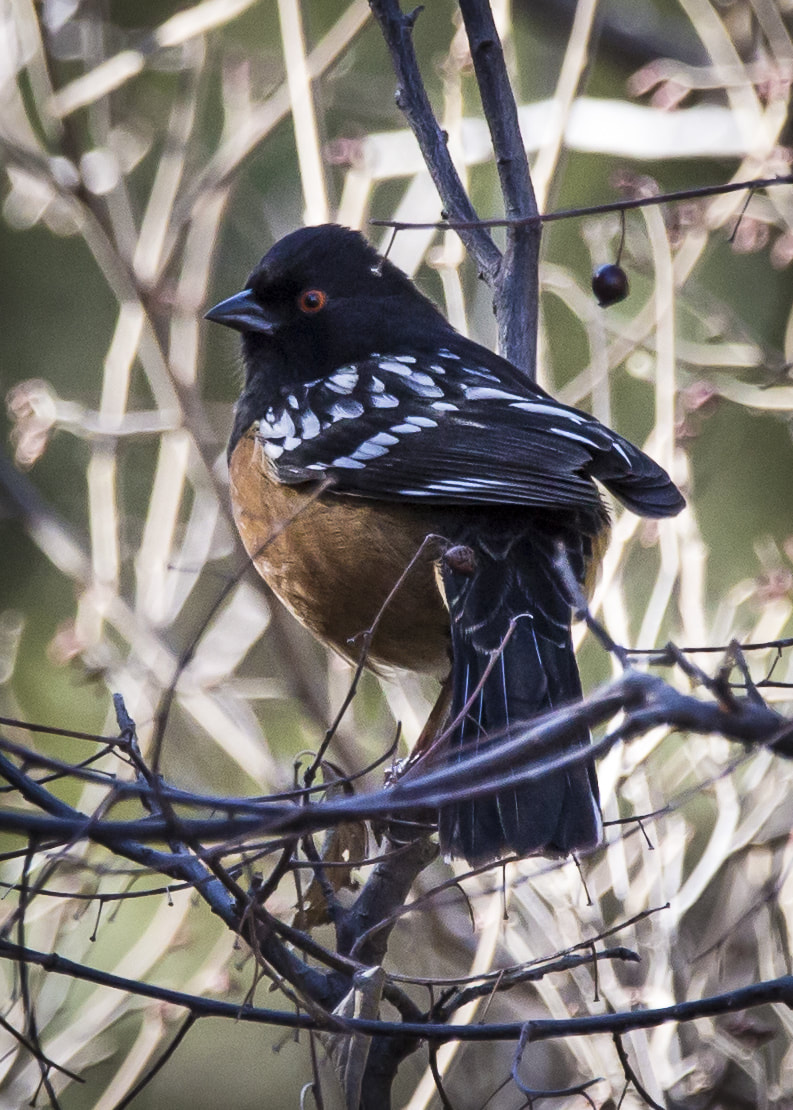

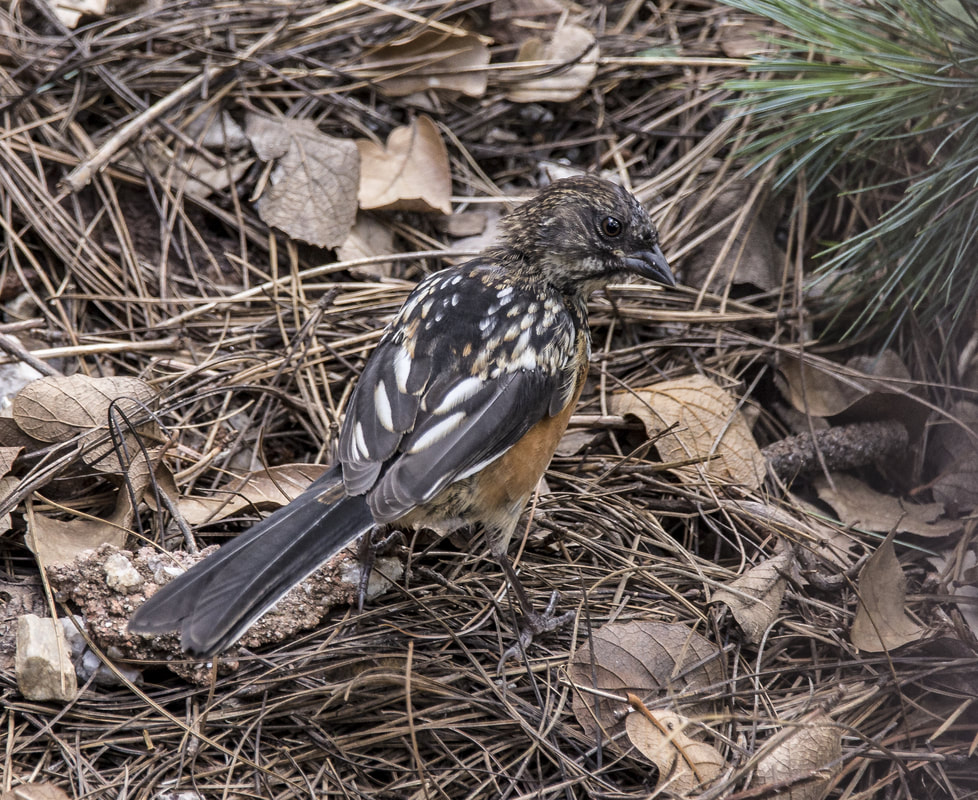










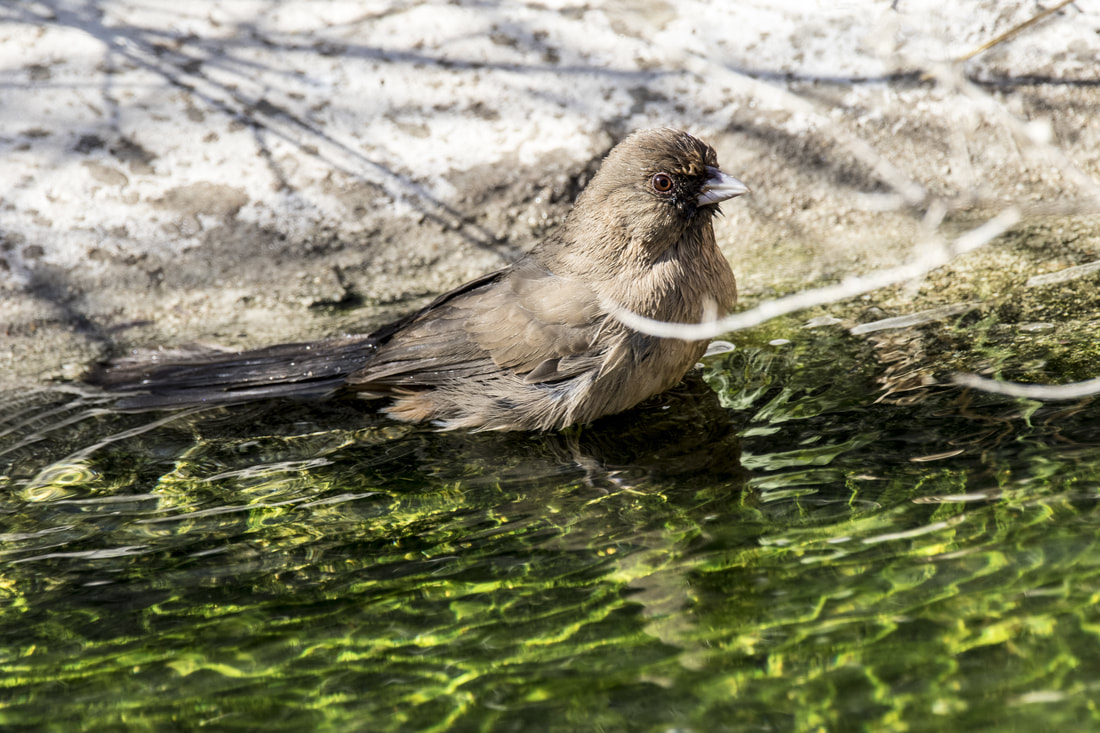



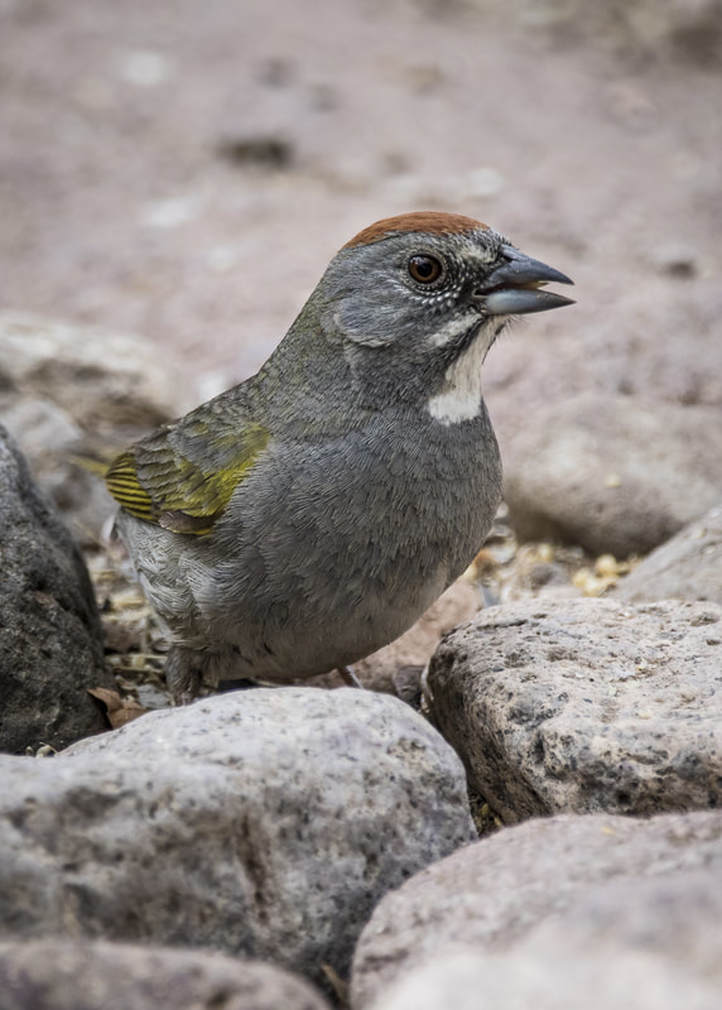


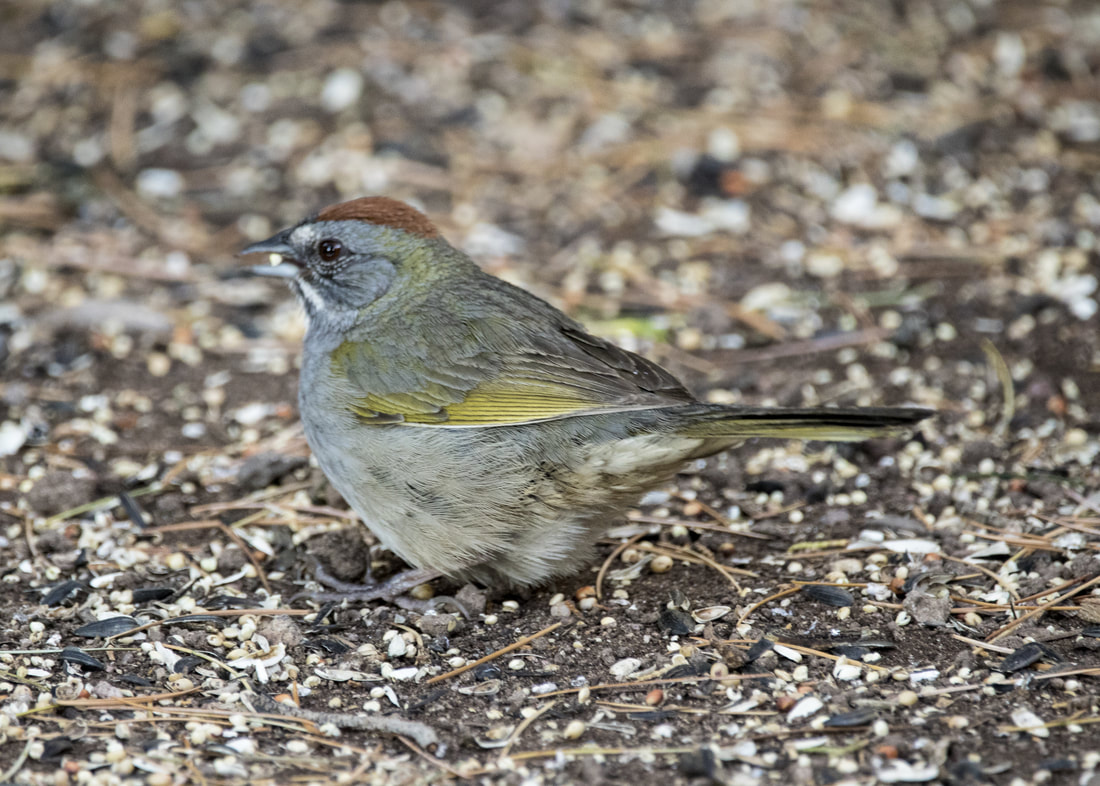


 RSS Feed
RSS Feed